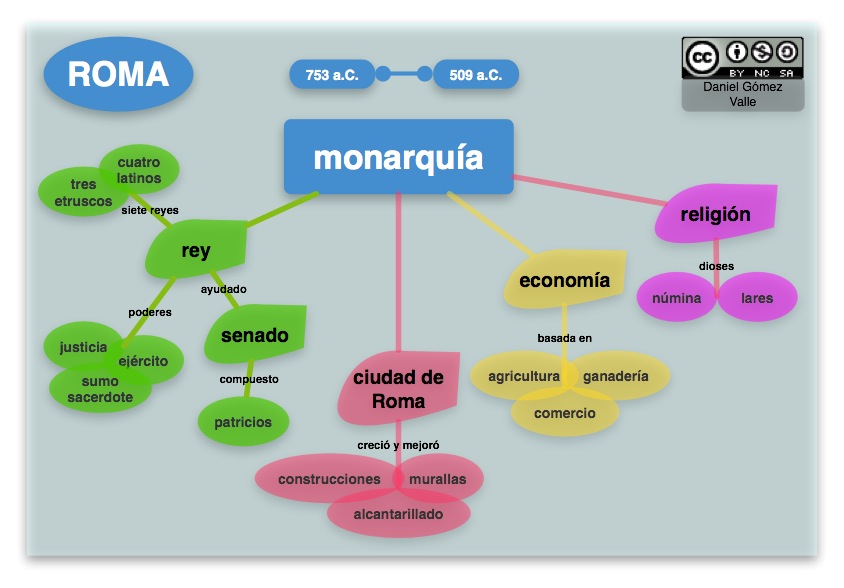pregunta
1-¿A quienes se les llama tecnicos?
A-Son los trabajadores que tienen un número considerable de personal a su cargo.
B-Son los trabajadores de titulación superior, que ocupan puestos con capacidad de decisión.
C-Son los trabajadores que poseen una alta especialización, como ingenieros, arquitectos o informáticos.
D-Ninguna de las anteriores.
viernes, 19 de noviembre de 2010
viernes, 12 de noviembre de 2010
viernes, 5 de noviembre de 2010
This article is about the demographic features of the population of Spain, including population density, ethnicity, education level, health of the populace, economic status, religious affiliations and other aspects of the population.
Spain has 46,157,822 inhabitants according to 2008 census.Its population density, at 91.4/km², is lower than that of most Western European countries. With the exception of the capital, Madrid, the most populous regions lie around the coast.
Spain has 46,157,822 inhabitants according to 2008 census.Its population density, at 91.4/km², is lower than that of most Western European countries. With the exception of the capital, Madrid, the most populous regions lie around the coast.
Population density is the number of the person per unit area, this is the population distribution:
As you see the population is grouped into metropolitan and coastal areas.
The human factors are very inportant, they are agriculture, mineral wealth and industry.
Population change is the number of births minus the number of deaths plus or minus the number migrating.
In Spain population growth is positive due to migration.
This is a map showing the areas where most immigrants:

Which are the inmigrates places with more inmigrants?
And the least?
The diferent between the crude birth rate and crude death rate is the rate of natural increase of population.
 |
The human factors are very inportant, they are agriculture, mineral wealth and industry.
Population change is the number of births minus the number of deaths plus or minus the number migrating.
In Spain population growth is positive due to migration.
This is a map showing the areas where most immigrants:

Which are the inmigrates places with more inmigrants?
And the least?
The diferent between the crude birth rate and crude death rate is the rate of natural increase of population.
Suscribirse a:
Comentarios (Atom)

 this is a type of single-parent family
this is a type of single-parent family




